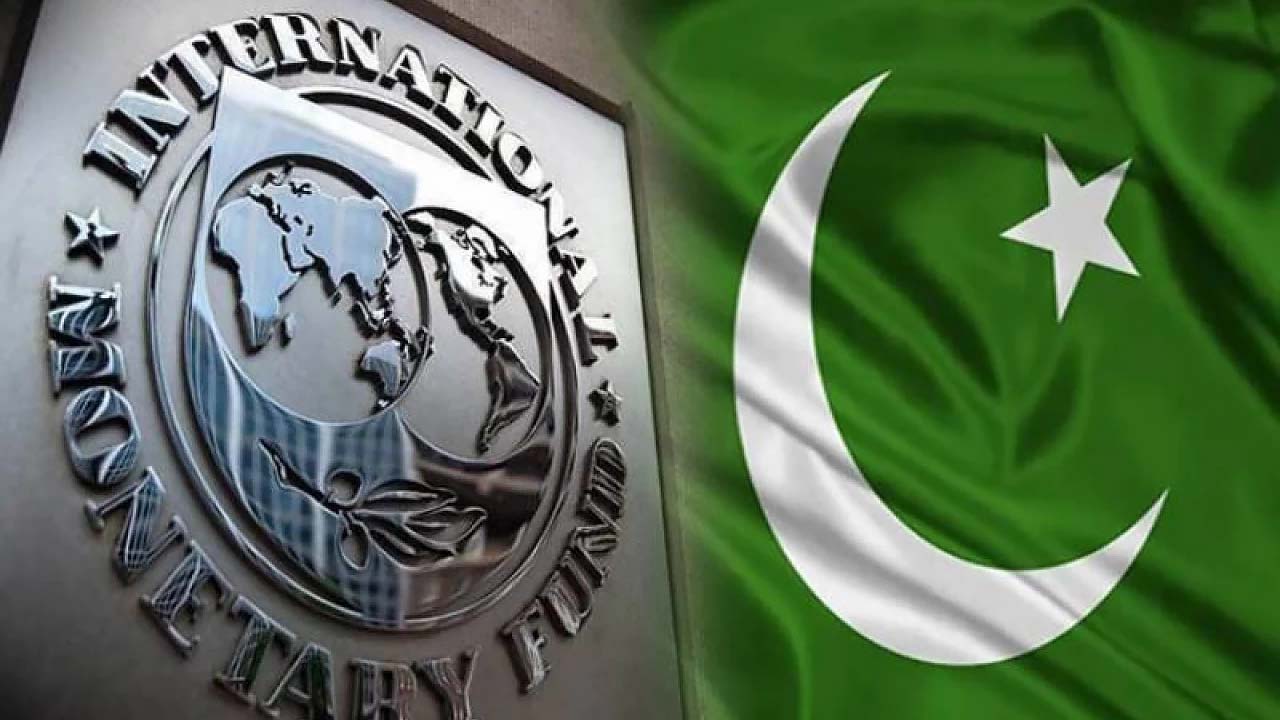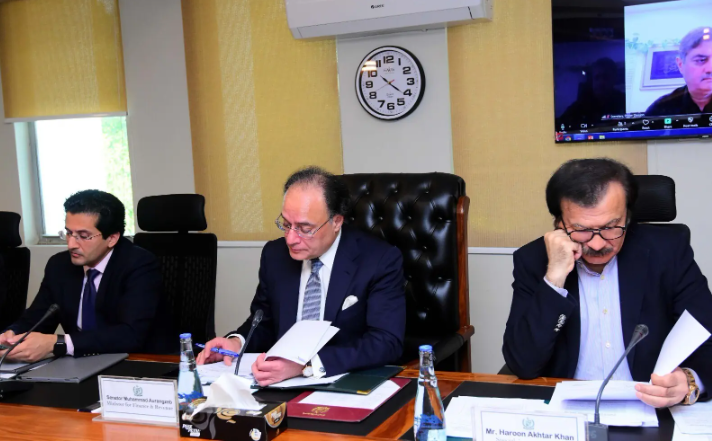PTBP Web Desk
Pakistan’s economic landscape, the Finance Division held discussions with the International Monetary Fund (IMF) on Wednesday, focusing on the nation’s debt, external financing, and the rollover of approximately $12.5 billion from friendly countries. This engagement was part of a broader dialogue with an IMF team, led by mission chief Nathan Porter, during their stay in Pakistan.
The visit by the IMF team, which is quite unusual as it precedes the scheduled first review of the $7 billion Extended Fund Facility (EFF) expected in early 2025, has sparked interest and speculation. The IMF delegation has been conducting sectoral meetings at a local hotel, indicating a deep dive into Pakistan’s economic policies and financial health. Neither the Finance Ministry nor the IMF has officially detailed the objectives or outcomes of this visit, keeping the discussions under wraps.
Debt Rollover from Friendly Countries
Pakistan has been relying on financial support from nations with which it maintains strong bilateral relations. According to sources, the IMF was briefed that:
Saudi Arabia is expected to roll over $5 billion.
China has committed to $4 billion.
UAE will provide $3 billion.
Kuwait will contribute $0.7 billion.
These commitments are critical for Pakistan, especially as the country navigates its way through economic challenges, aiming to stabilize its financial position.
The Economic Affairs Division’s data highlighted that while the government had budgeted for $9 billion in time deposits for the current fiscal year, comprising $5 billion from Saudi Arabia and $4 billion from China, no funds were received in the first quarter (July-September). Moreover, there was no mention of anticipated assistance from the UAE, which raises questions about the realization of these financial projections.
The IMF team, set to remain in Pakistan until November 15, is engaging in discussions to assess recent economic developments and the performance under the current IMF program. This visit, though not part of the formal review, serves as a critical touchpoint for both parties to align expectations and strategies.
Federal Minister for Finance, Muhammad Aurangzeb, recently acknowledged a trust and credibility deficit with the IMF due to historical inconsistencies in policy implementation. This candid admission underscores the complexities of Pakistan’s relationship with international financial institutions, particularly in adhering to agreed reforms and fiscal discipline.
Pakistan’s External Debt Scenario
Pakistan’s external debt and liabilities have been on an upward trajectory:
The gross external financing needs for 2024-25 are projected at $18.813 billion, which is 4.7% of the GDP, as estimated by the IMF.
By the end of September 2024, total external debt and liabilities stood at $133.46 billion, marking an increase of $2.42 billion or 1.85% from the previous quarter. Annually, this figure saw a rise of $3.7 billion from $129.76 billion.
On the domestic front, there was a notable reduction in the federal government’s total debt stock in September 2024 by Rs792 billion, bringing it down to Rs69.570 trillion from Rs70.362 trillion in August. However, over the first quarter of fiscal year 2024-25, the debt stock saw an increase of Rs656 billion, reflecting the ongoing financial pressures and adjustments in government borrowing.



